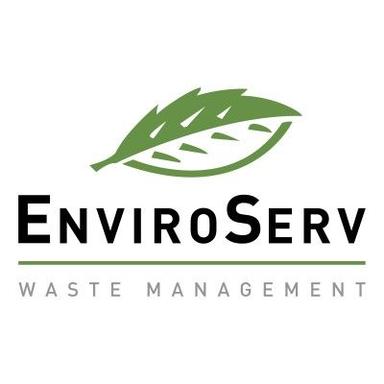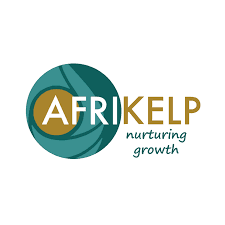Bright but Bewildering: 1 in 5 Packaged Foods for Kids Contains Synthetic Dyes

A recent research project analyzed nearly 40,000 grocery items from top U.S. brands and found that about 19% of packaged foods and drinks contain synthetic food dyes. Products targeted at children—like candies, sugary drinks, breakfast cereals, ready-made meals, cookies, and pastries—show an even higher prevalence of these dyes: approximately 28% compared to just 11% in adult-targeted items.
Sweetened with Color
Not only are these synthetically colored foods common, but they’re also significantly sweeter. On average, dyed products contained 141% more sugar than those without synthetic colors (33.3 g/100 g vs. 13.8 g/100 g). These bright hues appear to be a marketing trick to appeal to children, particularly in sugary treats.
Top Synthetic Dyes to Watch
The study—orchestrated by researchers at UNC, the George Institute for Global Health, and the Center for Science in the Public Interest—highlighted seven synthetic dyes to look out for on labels: Red 40, Red 3, Yellow 5, Yellow 6, Blue 1, Blue 2, and Green 3. Red 40 was the most prevalent, appearing in about 14% of all products examined.
Health Concerns: Beyond a Pretty Palette
Though FDA-approved, these synthetic dyes have been linked to possible health effects, especially in sensitive children. Research spanning over 40 years suggests they may exacerbate hyperactivity, inattention, and ADHD-like behaviors. Early studies show that while the general population is considered safe, a subset of children may experience behavioral issues tied to these additives.
Corporate Pledges & Regulatory Moves
Facing mounting pressure, several food giants have pledged to eliminate synthetic dyes:
- Kraft Heinz and General Mills aim to remove them from new and existing products by 2027, with a quicker timeline for cereals.
- PepsiCo plans to eliminate artificial colors from its snacks and drinks by end of 2025.
Meanwhile, the FDA has proposed a roadmap to phase out six major petroleum-based dyes—including those listed above—by end of 2026 (Red 3 by 2027–28), while fast-tracking approvals of natural replacements.
What Parents Can Do Today
Until the regulatory phase-outs take full effect, health experts recommend:
- Check labels carefully for the seven highlighted dyes or “artificial color” listing.
- Avoid brightly colored, sugary processed foods—prioritize fruits, vegetables, and whole foods.
- Stay informed on state and federal policies. Notably, California is discussing bans on these dyes in schools and mandatory warning labels akin to regulations in the EU.
Final Word
This study provides a crucial baseline for monitoring the presence of synthetic dyes in foods—especially those targeting children. While manufacturers and regulators move toward safer and more transparent practices, consumers can empower themselves by staying aware, reading labels, and choosing dyes-free alternatives.
Business News
B2B Buyers Push Back on Traditional Sales as New Adience Research Signals Shift for 2026
TPT Strengthens Consolidation Offering with Planned Run-On DB Superfund
Taking Care of Your Employees: 5 Tips for Empowering Your Team
From Zero to Certified: The Journey Behind Every Home System Expert
When Expenses Get Creative: Survey Exposes Bizarre Claims




















